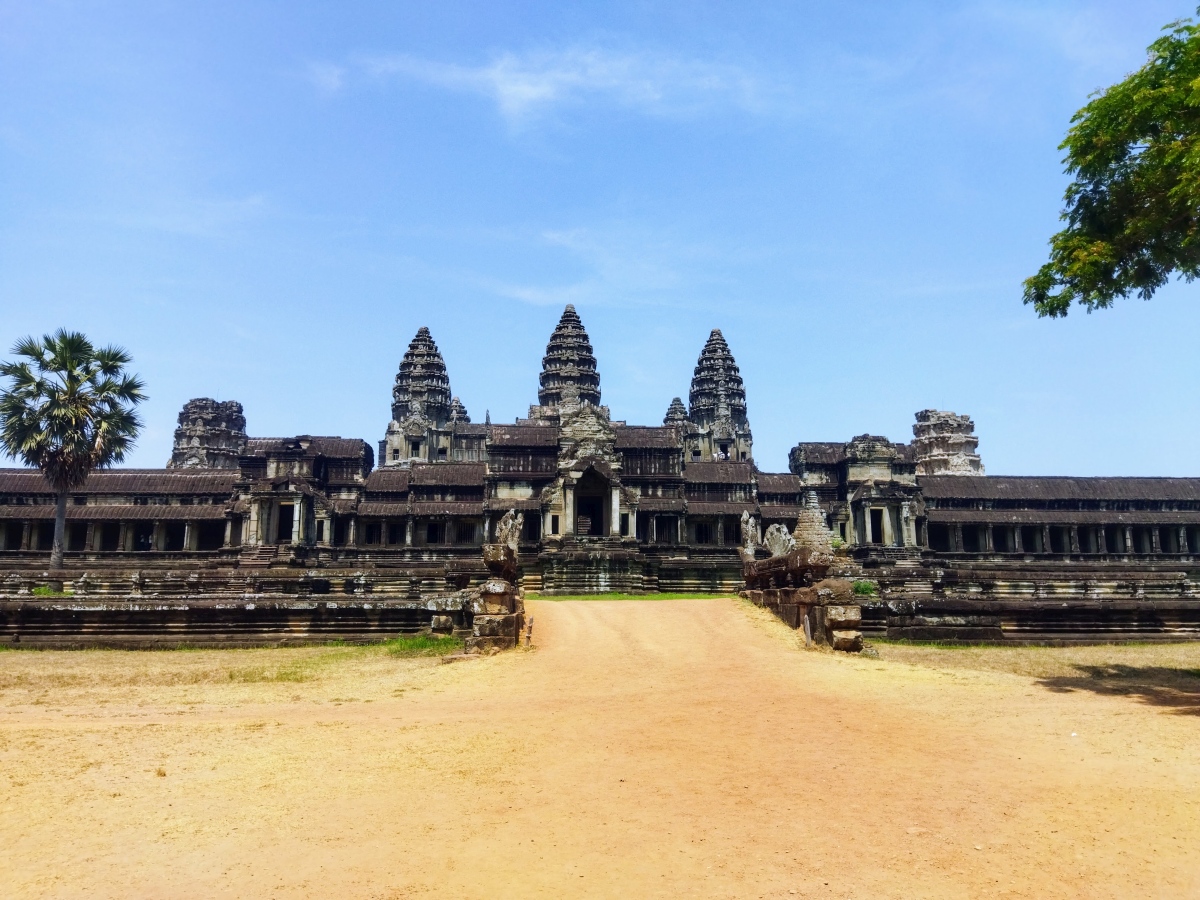Angkor Wat
Angkor Wat, the crown jewel of Cambodia’s ancient Khmer Empire, stands as a testament to the nation’s rich cultural heritage and architectural prowess. Constructed in the early 12th century by King Suryavarman II, this vast temple complex was originally dedicated to the Hindu god Vishnu and later transformed into a Buddhist site. Spanning over 400 acres, Angkor Wat is not only the world’s largest religious monument but also a symbol of Cambodia, proudly featured on the national flag.
Architectural Marvel and Symbolism
Angkor Wat’s design reflects the Hindu cosmology, with its central towers representing Mount Meru, the home of the gods, surrounded by moats symbolizing the cosmic ocean. The temple’s westward orientation is unusual for Hindu temples, which typically face east; this has led scholars to suggest it was intended as a funerary temple for Suryavarman II.
Cultural Significance and Legacy
Beyond its architectural grandeur, Angkor Wat holds immense cultural significance. It exemplifies the zenith of Khmer architecture and serves as a symbol of national pride. The temple’s enduring presence through centuries of political and religious changes highlights its resilience and the deep reverence it commands among Cambodians.
Today, Angkor Wat continues to captivate visitors from around the world, offering a glimpse into the spiritual and cultural heart of Cambodia. Its harmonious blend of symbolism, artistry, and historical depth makes it not just a monument of the past, but a living testament to the enduring legacy of the Khmer Empire.



